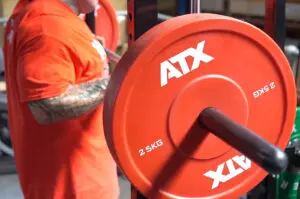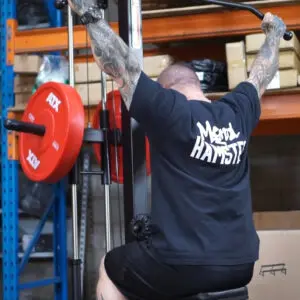 Powerlifting vs Bodybuilding
Powerlifting vs Bodybuilding
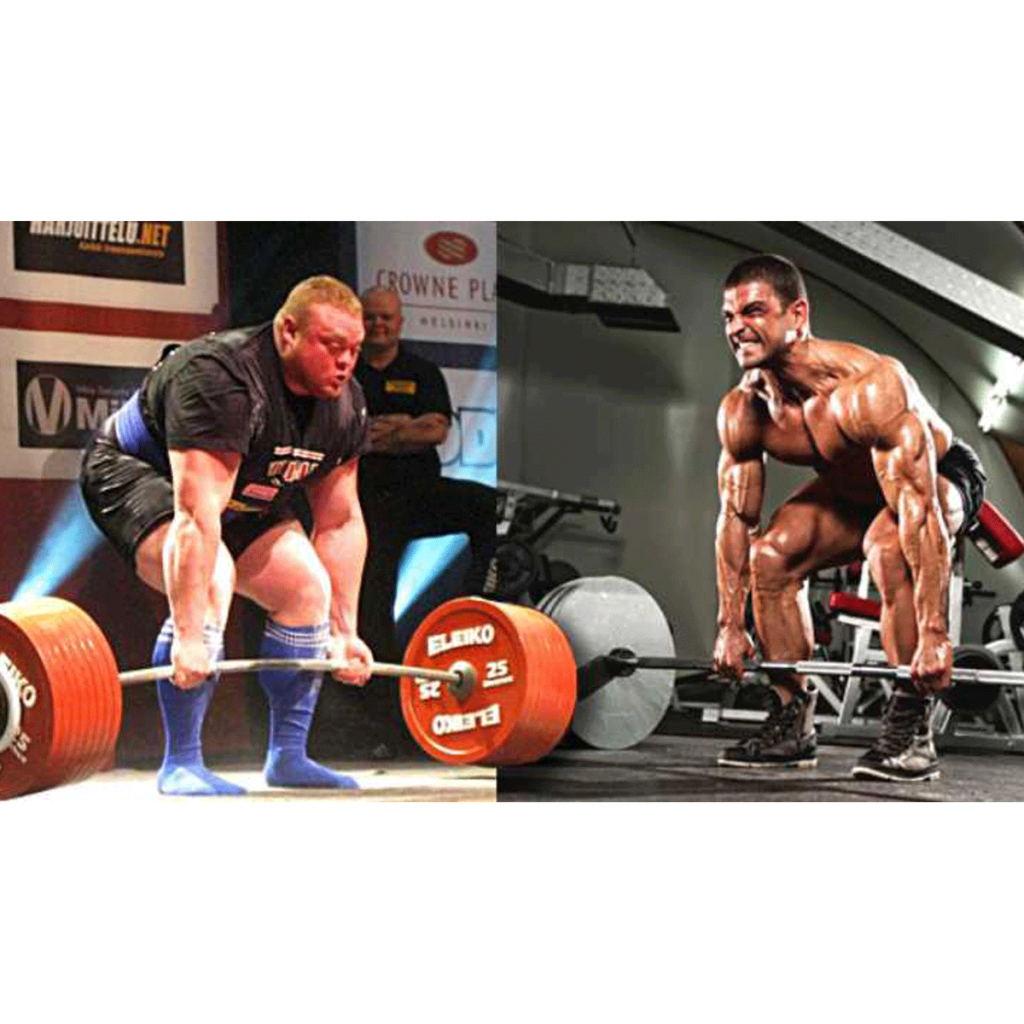
If cheesecake, lifting heavy weights and no cardio sounds like a dream to you, then maybe Powerlifting might be the strength sport you have been looking for. We don’t need to starve ourselves like bodybuilders! Although that doesn’t mean all powerlifters are fat.
Take my coach/mentor Matthew “Trunks” Grimshaw for example. He is the original triple threat – legs like tree trunks, road map vascularity and strong as a bull. Proof that powerlifting does have some aesthetic appeal, if that is what is important to you.
The Easiest Way to Compete in Strength Sports
In my highly biased opinion, Powerlifting is the easiest way to satisfy that competitive urge if you are into lifting weights. In our previous article on bodybuilding, I detailed the mental torture of dieting associated with getting shredded to compete on the bodybuilding stage. Did I also mention stripping down to your budgie smugglers and getting oiled up to pose on stage?
Weightlifting, which will be discussed in our next article, is a highly technical sport that requires years of qualified coaching. This sort of expertise is often not readily available.
Powerlifting, on the other hand, consists of the “big three” lifts – Squatting, Bench Pressing and Deadlifting. If you are serious about weight training, you should be familiar with these lifts.
Although there are techniques you need to master with these lifts if you want to succeed in competitions, it is a lot easier than weightlifting where the movements are much more dynamic – performed explosively.
Competition Day
Like the lifts, a Powerlifting meet is relatively simple. You have to perform the three lifts on the day in the following sequence – squats, bench press and deadlift.
You have three attempts at each of the lifts. You start with a lighter lift and increase weight over the three lifts – provided you complete the lift successfully. As a competitor, you decide the weights that you want to lift.
You set your next weight after you attempt your lift.
This is where the competition gets interesting. As a competitor, you are not only competing against your fellow competitors as well as yourself. By this, I mean that you have to be able to complete your lifts if you want to stay in the competition – so you have to be realistic about what weights you call. Are you trying to finish in a certain place or smash your personal best? Trying for the PB and failing might mean you finish out of the medals.
Compared to bicycle kick to score the winning goal in a soccer match, a deadlift is not the most amazing sporting feat to watch, but in the context of a competition, I have seen many a powerlifting crowd going into hysterics after a successful deadlift!

To win the competition you must have the highest total sum of the lifts. Only the highest of each successful lift is included in the total.
The Rules Of Powerlifting
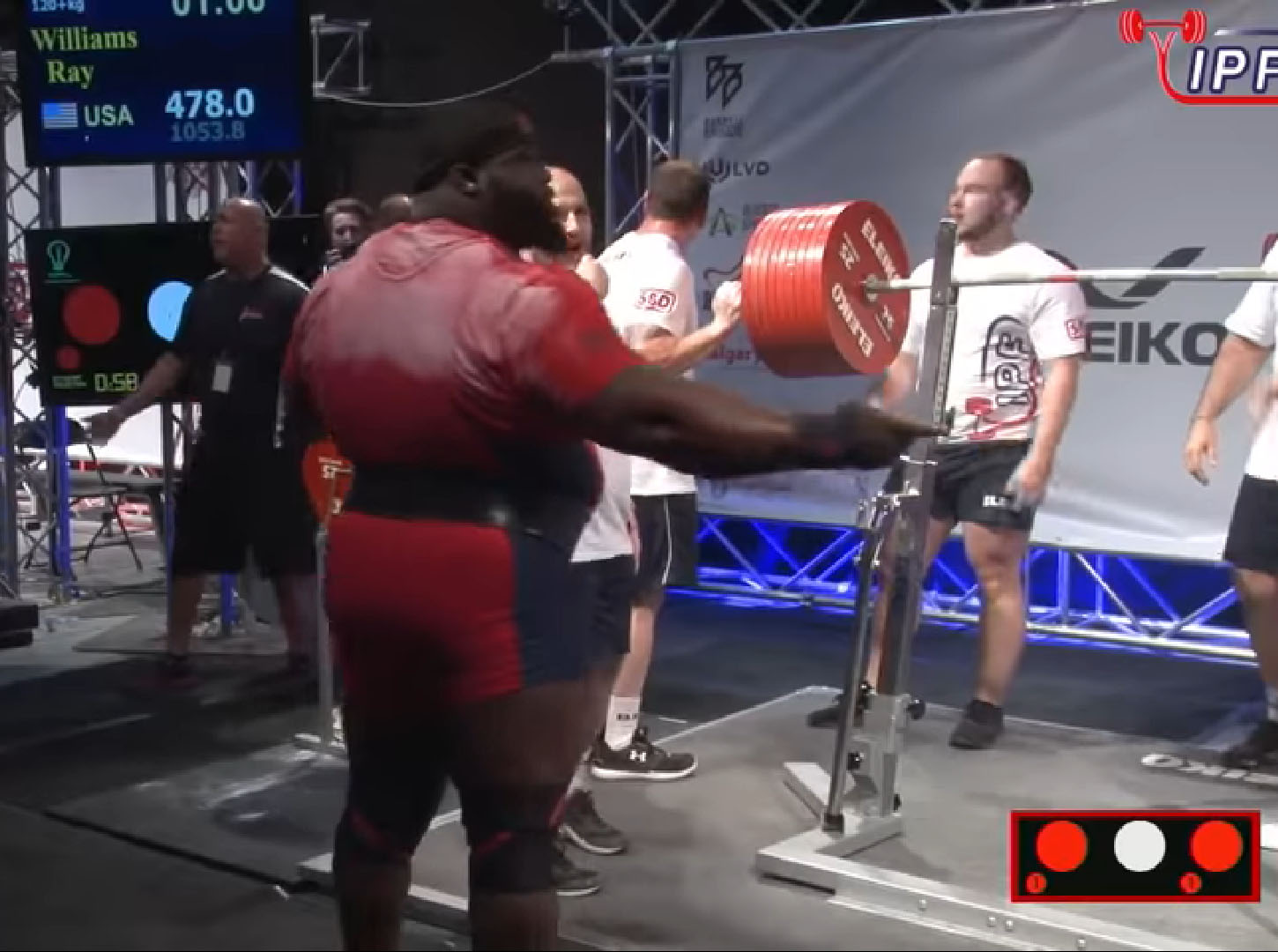
Each of the lifts has its own set of rules that every lifter has to abide by. You perform the lift on the platform in front of three judges. Each judge has a light. Three white lights is a good lift. Two white lights and one red is a good lift. Two or more red lights is a no lift.
If you get three no lifts in a specific lift, for example bench press, you are out of the competition. That is why it is important to start your first lift with a weight that you know you can hit.
Powerlifting also has weight classes, age and male and female groups. So, you don’t have to worry about a lady kicking your ass. You will be placed among people who are similar age and weight as you.
Once you are 24 years old and above, then you will be placed in an open age group and compete with people of all ages. When you hit 40, you are eligible to compete in the Masters’ divisions. Powerlifting is really a sport for all ages, shapes and sizes!
Powerlifting Training
Powerlifting is completely different from bodybuilding or just general training. You might be training in the same gym, or on similar gym equipment, but that is where the similarities end.
The trend these days amongst casual lifters is to spend 45 minutes in a typical gym session. That includes warming up and work sets. Even competitive bodybuilders are advocating these short and sharp training sessions.
In contrast, a powerlifter will spend up to 45 minutes just warming up for the heavy sets of the day.
The total workout time is longer as well due to the longer rest periods between sets. Your goal is not to get the pump, which most of the gym-goers are aiming for in their workouts, but to lift the heaviest weight with the correct form.
Powerlifting involves lifting weight that is nearest the absolute limit of your capabilities. If you don’t warm-up or perform the lift with correct form, the risk of injury increases.
My coach (the one from behind the iron curtain) used to say to lift when you are ready. You need to listen to your body and learn when you are fully recovered. You can’t always lift to a timetable.
Volume vs Weight
Powerlifting training transitions between volume workouts or high weights low reps. Your first few weeks or a powerlifting program will involve volume workouts. This is where you are working with lighter weights for higher reps.
The aim of the volume workout is to put on some additional muscle mass and perfect the form of each of the lifts before you can move to lifting some heavy weights. Although these three lifts look relatively simple, you will be surprised at how much your form can vary. Using lighter weights will help you find that perfect groove.
Volume workouts will also help you to strengthen your ligaments and tendons. They have the added bonus of reducing muscle imbalances in your body, too. Muscle imbalances occur when one muscle group is stronger than the other.
All three lifts are compound exercises that recruit multiple muscle groups. It is important that all the required muscles work synergistically. The reason you often fail at lifts is because of a minor muscle group, for example, triceps for bench press are not strong enough in comparison to your chest.
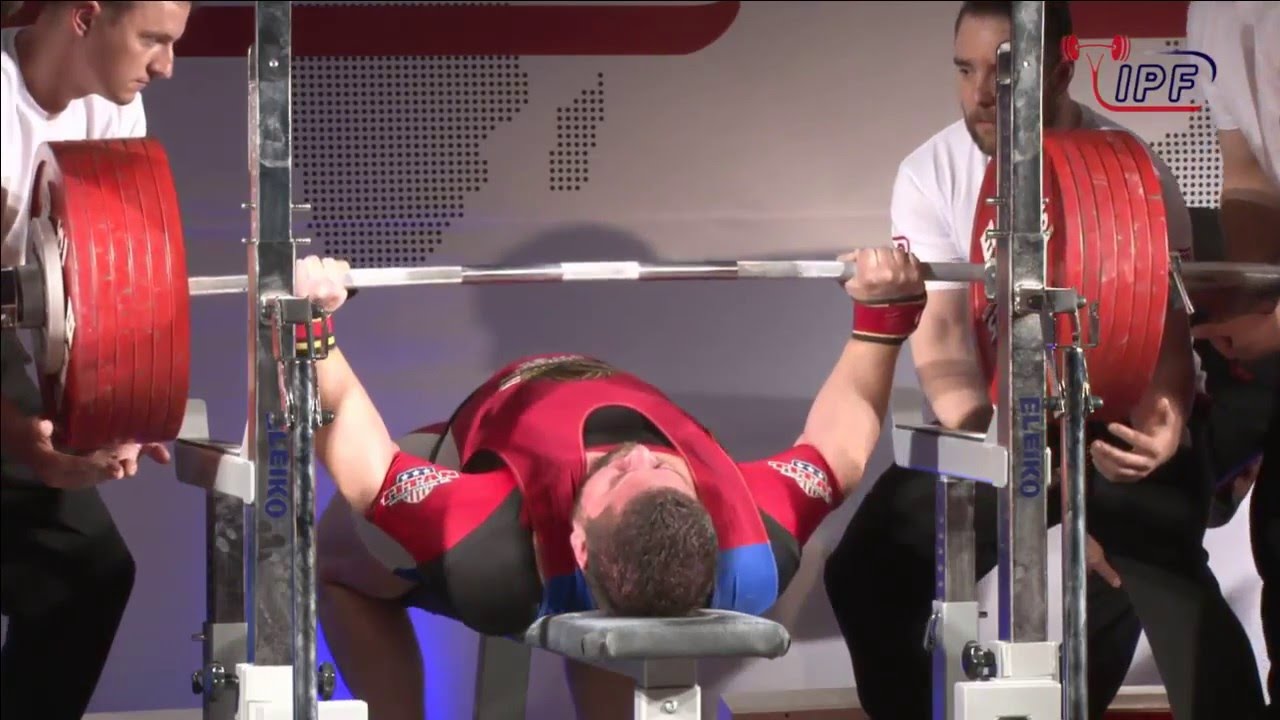
Usually, we start to move to the next phase of the training 6-7 weeks before the competition. You will slowly increase the weight on the barbell and reduce the number of reps performed per set.
This is where the differences between powerlifting and bodybuilding really start to show. On the three lifts, we start tapering down from sets of 5 at the start of this heavy phase to triples, doubles and singles.
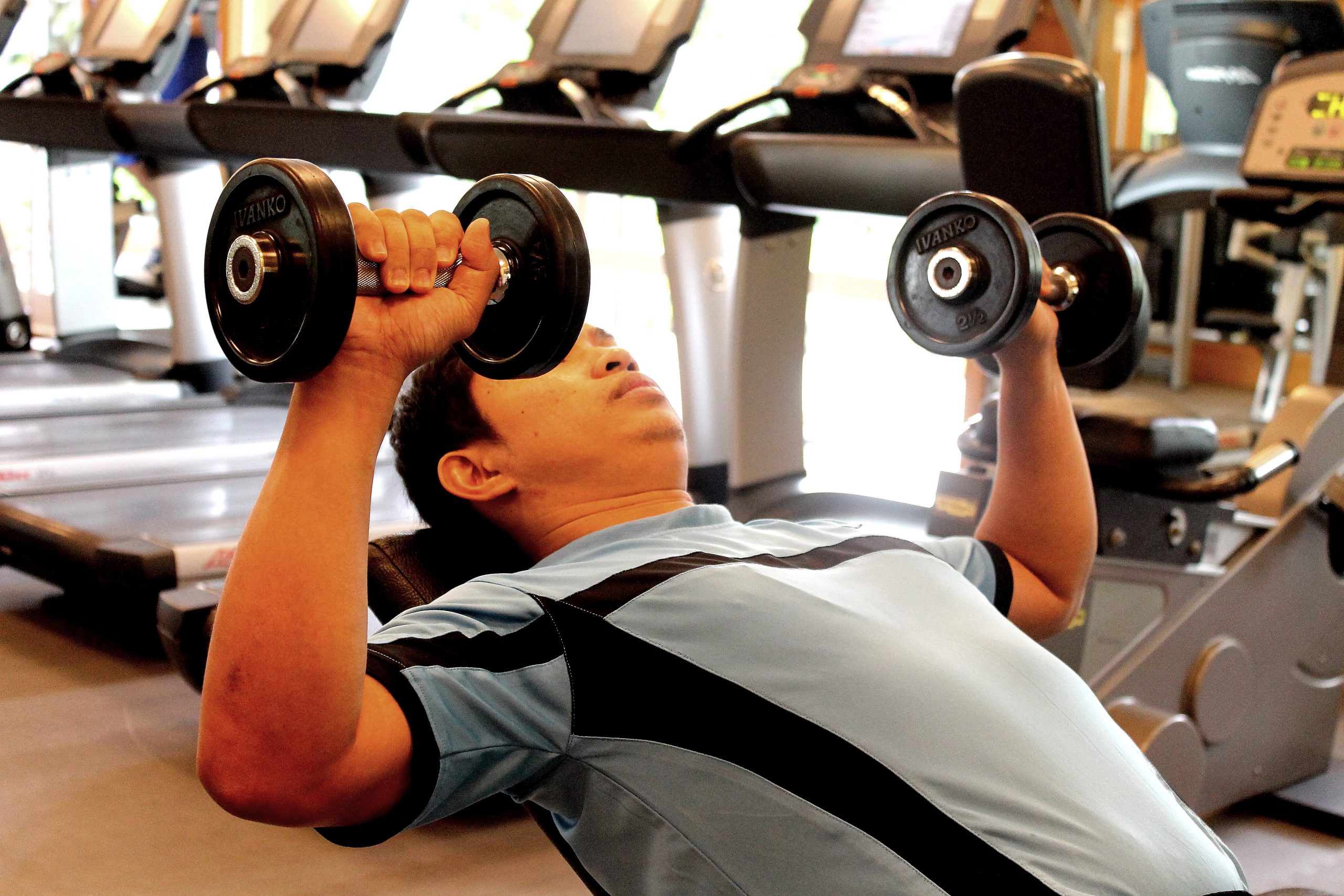
Along with a reduction in reps and increase in weight, you also need to start increasing the intensity. By this, I mean you might perform a triple at, say, the three-week mark but still have one rep in the tank. You are still pushing very hard, but there is a very high likelihood you could have squeezed a fourth. The following week, you go for this rep. This is when you have to look deep inside and find what you are really made of – the place where successful powerlifters love to go. Your eyeballs will feel like they’re going to pop out of your head as you grind the lift out with the muscles in your body.
Powerlifting is all about building small and consistent gains. A realistic target for an experienced lifter is to increase lifts by around 5% per program. There will be times when you surprise yourself and gain more. Other times, you will fail.
Always remember to focus on your form rather than lifting the heaviest weight you think you can lift.
The last week or two of your program will be your de-load week(s). This is when you rest your body with lighter weights. You don’t stop lifting completely, you have to keep your body accustomed to these lifts.
I usually like to train around 50-60% during that period to allow my body to recover and rest before I smash my personal bests in competitions. If you don’t compete, de-load before you start your next program.
You don’t have to compete in order to lift heavy weights. But in my opinion, if you want to lay claim to lifting certain weights whether it is on an internet forum or a bar stool, lifting in a competition is the only way.
Gym lifts are great and impressive, but from years of experience, there can be significant variances between the lifts performed on platforms versus keyboards!
Powerlifting Tips and Tricks
Even if you are not competing it’s good to know the little tricks which will help you to lift more. Strength is an extremely valuable asset to possess. These three lifts will build strength that transfers readily over to nearly every sport and everyday living.
That is why you see elite athletes from vast fields squatting, deadlifting and benching.
For competitive powerlifting, you want to learn how to lift while still complying with the rules. If you watch a high-level competition, you will see that the athletes are pushing the boundaries of the rule book.
Squats
There are two tricks which I am familiar with, which might help you a lot in RAW competitions. Raw competitions are meetings where you lift without powerlifting equipment – lifting suits, benching shirts, etc. We will discuss these in a later article on powerlifting equipment.
To squat more, try with a lower bar positioning or low bar squats.
High bar squats (when the bar rests on your traps at the base of your neck) allows you to stay more upright and hits the quads harder. High bar squats are more suitable for Olympic lifts (clean and jerks, snatches).
The low bar squat—where you position the bar lower on shoulders, below your traps—will bend your torso forward. As the centre of gravity is lower, you’ll be able to control the weight better and push your hips back further.
The trick is to keep your chest up by arching your back. This engages the hamstrings and glutes, which are the strongest muscles in the body.
Another simple trick is knee sleeves. Sounds simple, but the tricky part is getting them on! You see, the tighter they are, the more support you will have. Ray Williams, who is possibly the best squatter in the world, is using XL SBD knee sleeves. That’s a 180 kg guy sliding on XL knee sleeves. If you went off the size chart he probably should be using XXXXXXXL.
The trick is to put the sleeves inside out (about half-way), slide them over your knee and then roll them up to the position you need them to be in. This is a workout in itself, plus knee sleeves will become a disposable item. It also adds more time to an already long workout.
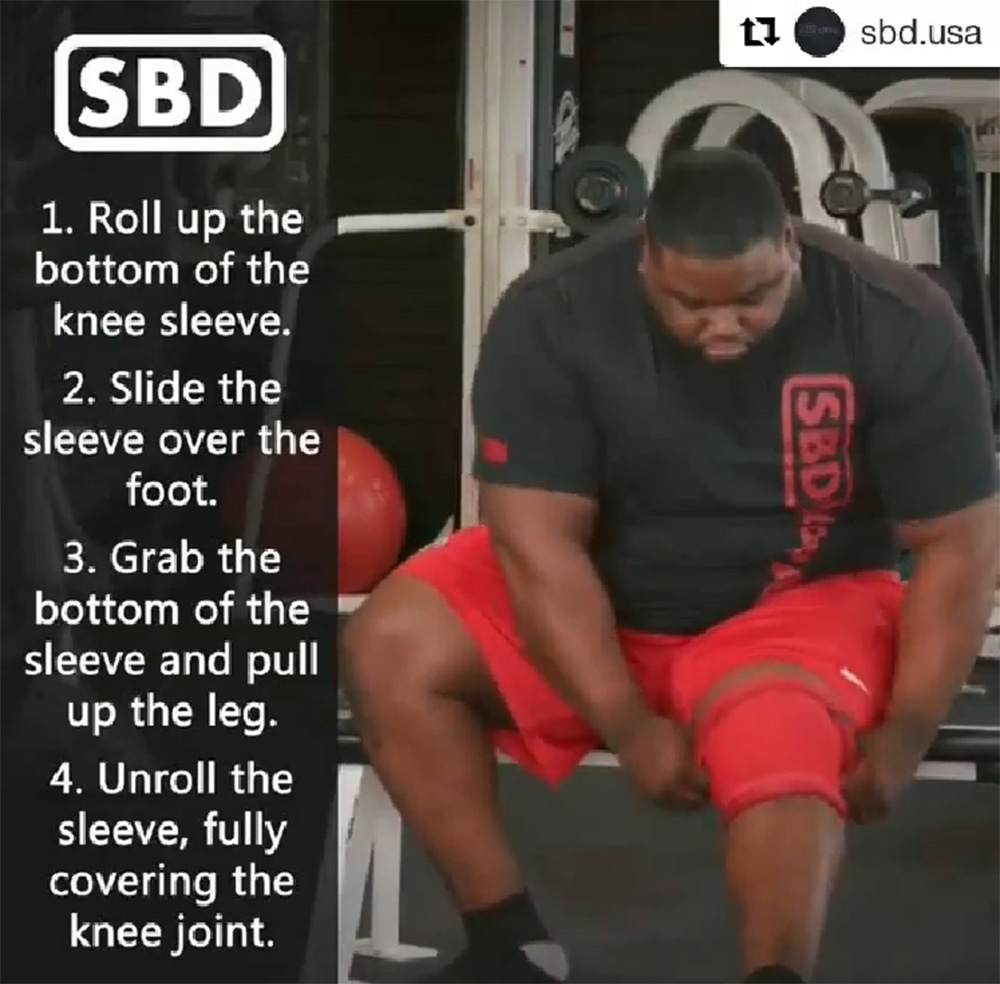
Bench Press
This lift is a bit more complicated as there are many elements which the judges scrutinise.
A common bench press hack that is used these days is arching. The rules state that your buttocks and shoulders must remain in contact with the bench during the lift, so you can arch your back.
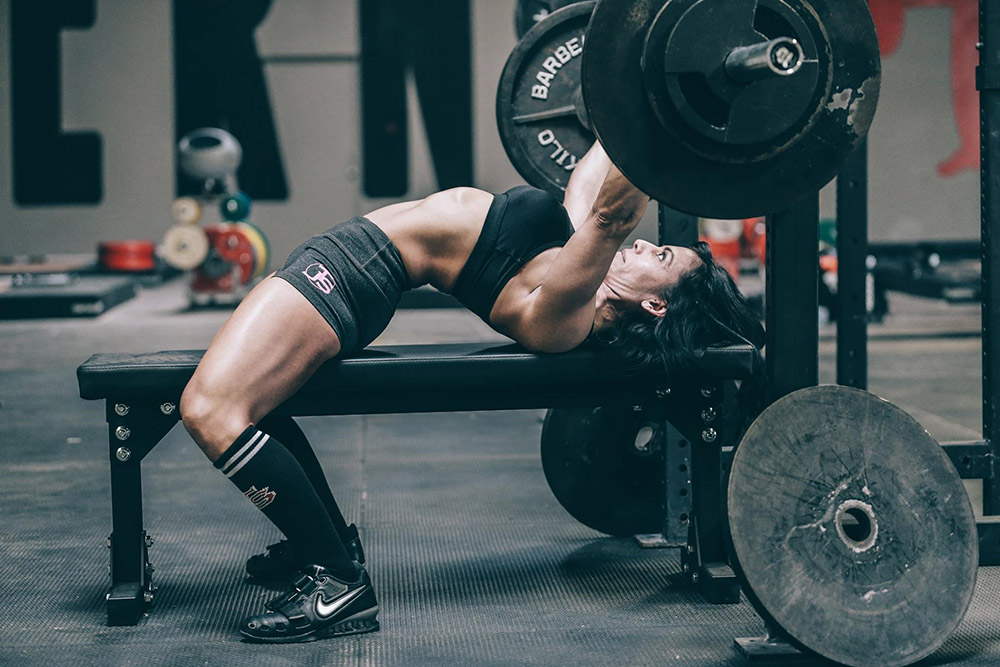
In the gym, some people regard arching as cheating, but in competition, it is perfectly legal. Done right, arching gives you the ability to lift more weight. If you don’t take advantage of this, your opposition will!
Not everyone has the flexibility to arch like a cat. I am talking about arching your upper spine and pulling your shoulder blades down and back, then folding yourself in half as you put your bum into the bench.
Although this looks awkward as hell and is not the most pleasant position, it does have some benefits other than lifting more weight. Having an anterior tilt in your pelvis is much safer for your shoulders as they have more space to move, which will reduce the risk of injury.
The angle of the arch not only allows you to push more weight, but it can also drastically reduce the distance you need to move the bar. Check out some competitions on youtube—people are pushing the bar for three of four inches.
It ain’t pretty, but it is legal.
My second tip for bench press is your leg drive. You are probably wondering how using your legs will help you bench press more.
Most people don’t push with their legs when benching. By driving your feet hard into the ground when you are in the bench position you will make your body as stiff as a board. The stiffer you are, the better your body can support and lift a heavy weight.
Driving with your legs also makes it easier to tense every muscle in your body. The more the better. You will need them as you move to the heavier weights. The last thing is breathing. How hard can it be? Proper breathing when benching will allow you to stay as stiff as possible. I’ve always been taught to breathe out during the harder moment of the exercise. That doesn’t apply to the main powerlifting exercises. When you unrack the barbell, you have to fill your lungs with air, tense your entire body, start the lift and hold the air until you have finished the lift. The reason behind it is that if you start breathing out while going up with the bar, you will lose the tension in your body. As a result,t you might lose the stability in your body and fail to lockout.
Deadlifts
This is the third and the last event of the competition, but certainly not the least.
If your deadlifting is stalling, why not try the Sumo Stance? Sumo deadlift focuses on your hamstrings and glutes while activating your quads and core. It is performed with the hands closer together and with a wider stance. Just like the arch on the bench press, it will dramatically reduce the range of motion and allow you to lift heavier loads.
There is a good reason all the top deadlifters in the world are using sumo deadlift technique.
A lot of people have been hating on sumo deadlifts, but it doesn’t say which way you performed your lifts in the scoresheet. So if you can lift heavier using this method, then you would be mad not to use it.
Some lifters are capable of pulling more weight, but their grip strength lets them down. Hook grip will help you to compensate for a weaker grip. It is commonly used in weightlifting and has been recently adapted to deadlifting.
Why is it only just being used now? Simple—it is extremely painful! The hook grip places an enormous amount of pressure on your thumb and usually takes a couple of months of pain to get accustomed to it.
The hook grip is performed by placing your thumb between the barbell and the remaining fingers. This equates to your thumb being crushed when using heavy weight. If you don’t like pain, then serious weight training is not for you.
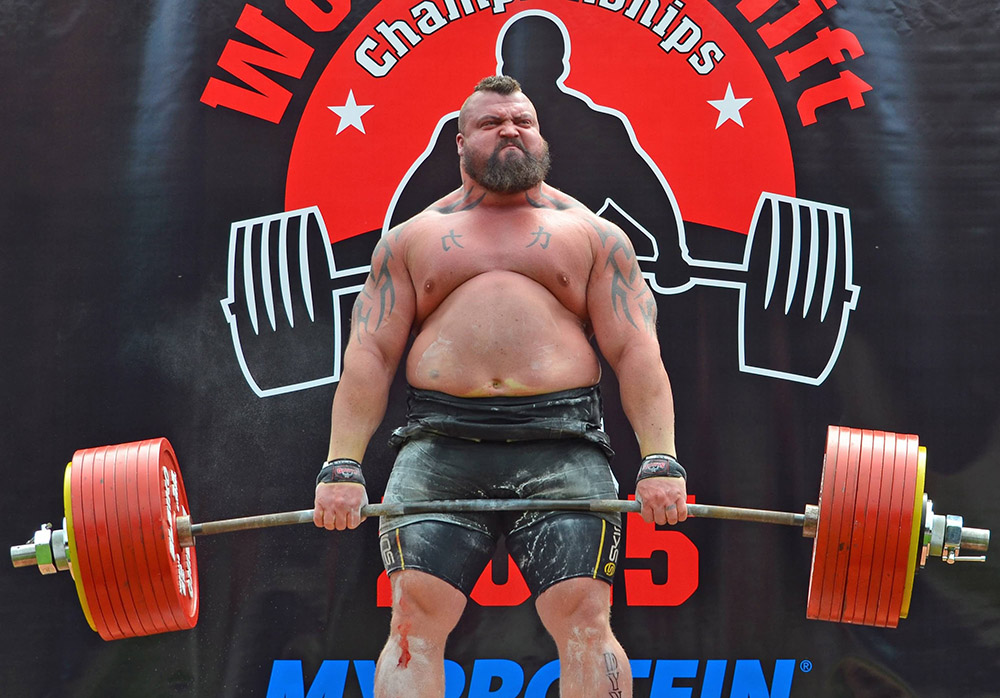
Just by reading the few tips above, you can already see that your individual build will normally be more suitable for a certain type of lift. You might have the genetic disposition for one lift. The lucky ones might be suited to two.
For example, having relatively short arms is an advantage for bench press, but a disadvantage for deadlift. This is one of the great levellers in this sport. By making some adjustments to your technique and utilising the tricks stated above, you can compensate on these weaknesses.
The Downsides
There is good and bad in everything and powerlifting is no different. Powerlifting is my favourite sport, both to participate and watch. But even I admit that some of the things we have touched on today are taking the shine off the sport.
The cat-like arch, which reduces the lifter’s range of motion on the bench press a few centimetres, is basically a joke. A reasonable arch is acceptable, but when a lifter ends up looking like a contortionist on the bench, are we rewarding strength or flexibility?
Sadly I can’t see a solution to this issue in the near future.

Like all strength sports, Powerlifting is not immune to the stain of performance-enhancing drugs. In competitions that are tested, there have been many failed tests and questions asked about those who passed.
There are competitors who add insane amounts to lifts whilst not competing, and therefore being subject to testing. They return to competition after a clean out period. Sometimes this is the result of just hard work and unfortunately, these athletes get tainted with the same brush as those who seek out some artificial enhancement.
Nearly every professional sport faces the same challenge.
Is Powerlifting for You?
Start out very light. Focus on form always. Do you your de-load and run another program. You might not only be surprised at your strength gains but you might also find a few muscles bulging in the right places, too. If you are currently training with little direction or structure, powerlifting might just set you on a steady course to some serious gains
Although I have concentrated heavily on the competitive aspect of powerlifting in this article, you can dip your toes in the water by just starting out competing against yourself in the gym. Start with a basic powerlifting program – which we will discuss in later articles but are freely available on the internet – and see what your max lifts are.
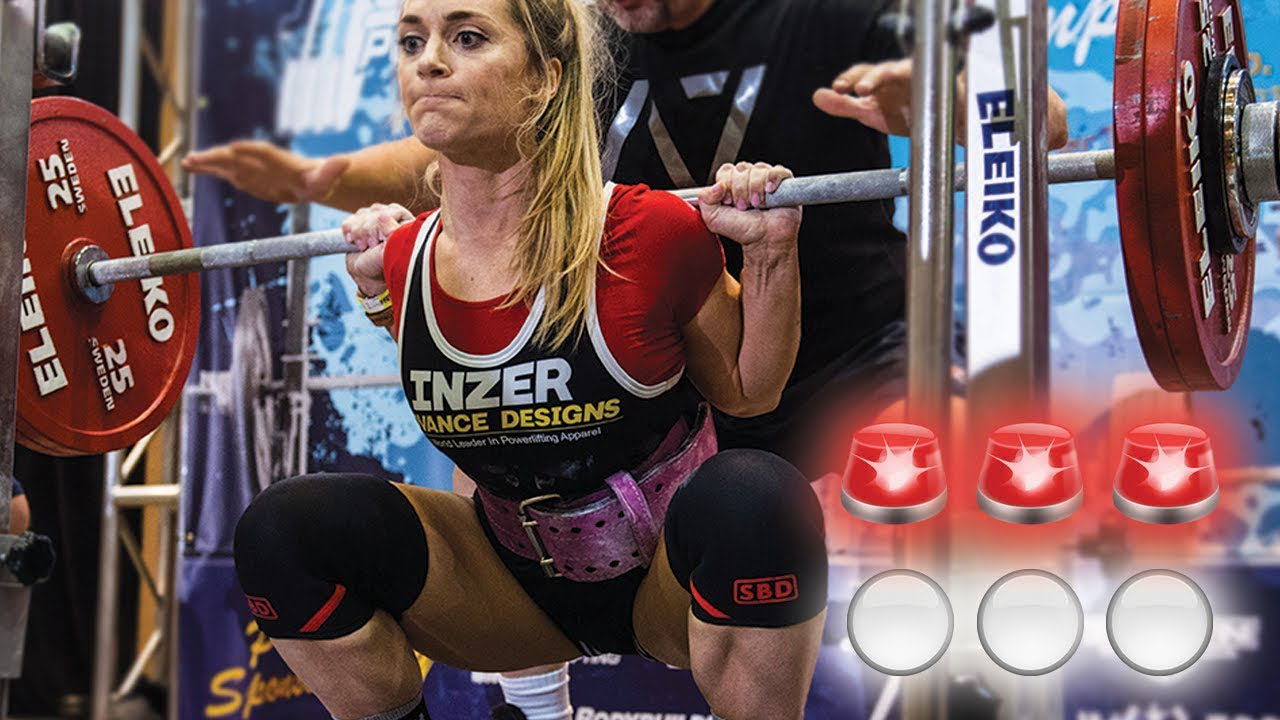

 Powerlifting vs Bodybuilding
Powerlifting vs Bodybuilding 
